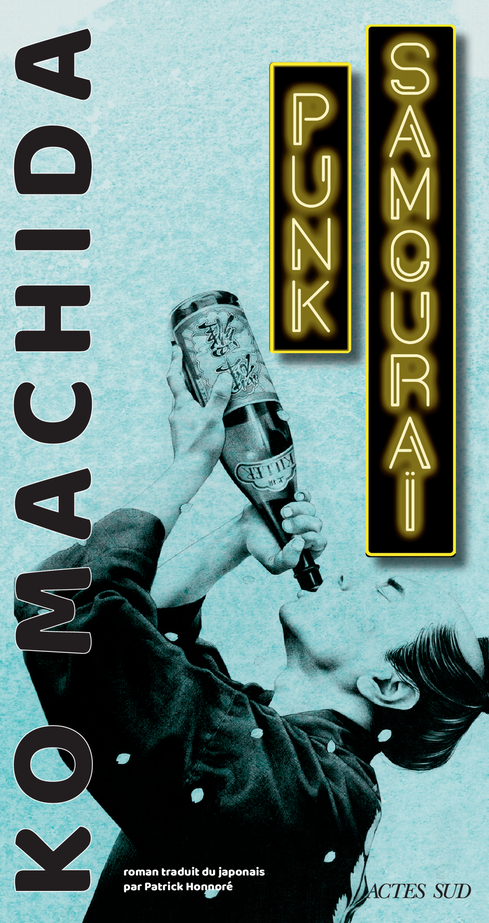‘Punk Samurai’, an Epic and Fantastical Farce
Ko Machida explores the absurd in this novel in which an idle samurai imagines the existence of an aggressive sect that then comes to life.

© Actes Sud
What lengths would we not be prepared to go to to save our own skin? Kakari Junoshin, an unemployed samurai who describes himself as a ‘wandering samurai from the former country of Sakushu’, kills a pilgrim with a sword for no reason. When spoken to by a serving samurai, he improvises an improbable tale: the old man was a member of a highly dangerous sect, the ‘Belly-shaking Party’, whose ultimate goal, he says, is to jeopardise the country’s social and political order. He has therefore bravely taken on the task of getting rid of them. Despite being far-fetched, this story successfully convinces the samurai, who introduces him to his master. In a feat of trickery, Kakari Junoshin is catapulted to the position of advisor to a closed-minded master with a view to developing a strategy to eradicate the members of this non-existent sect one by one.
When fiction becomes reality
With a writing style that is punchy and absurd, Ko Machida immerses the reader in this farce that could quickly go very wrong: it seems as if the characters imagined by the delusional Kakari Junoshin come to life and put their sinister plan into practice, namely achieving ‘salvation through the excretion of followers from the tapeworm world.’
Ko Machida is a Japanese author who was awarded the prestigious Akutagawa Prize, the Japanese equivalent of the Booker Prize, in 2000 for his book Charivari. Prior to embarking on a literary career, Ko Machida led different lives: as a punk rock singer in the band Machida Ko and the Glory, and as an actor alongside Béatrice Dalle in the film H Story, a variation on Alain Resnais’ film Hiroshima mon amour, directed by Nobuhiro Suwa.
Punk Samouraï (2021), a novel by Ko Machida, is published by Anthem Cosmopolis Writings.
TRENDING
-
A House from the Taisho Era Reveals Its Secrets
While visiting an abandoned building, Hamish Campbell discovered photographs the owner had taken of the place in the 1920s.

-
The Taboo-Breaking Erotica of Toshio Saeki
The master of the 1970s Japanese avant-garde reimagined his most iconic artworks for a limited box set with silkscreen artist Fumie Taniyama.

-
With Meisa Fujishiro, Tokyo's Nudes Stand Tall
In the series 'Sketches of Tokyo', the photographer revisits the genre by bringing it face to face with the capital's architecture.

-
Masahisa Fukase's Family Portraits
In his series ‘Family’, the photographer compiles surprising photos in which he questions death, the inescapable.

-
Hajime Sorayama's Futuristic Eroticism
The illustrator is the pioneer for a form of hyperrealism that combines sensuality and technology and depicts sexualised robots.





